Photogrammetry extracts 3-dimensional information from multiple photos of the same thing. In a nutshell, it relies on computer vision processes to find overlapping points between photos, and then can re-create the original 3-dimensional orientation of the cameras and the things you photograph. At the Perry Institute for Marine Science, we’re using photogrammetry as a tool for both reef health monitoring and for education.By taking photos in a grid over sections of a coral reef, we can build extremely high-resolution maps of the benthic surface that can be analyzed in a host of different ways, complementing our underwater data collection and enabling us to keep better track of how reefs are changing over time. The process also can be used to generate 3D models of corals, which are an amazing tool for research, and for education. The 3D models are high enough resolution to be used to demonstrate what reefs actually look like underwater, helping to show people who may never get the chance to scuba dive the magical world of corals. It can also serve as a great tool to teach future marine biologists how to identify different species before they even put on a mask.
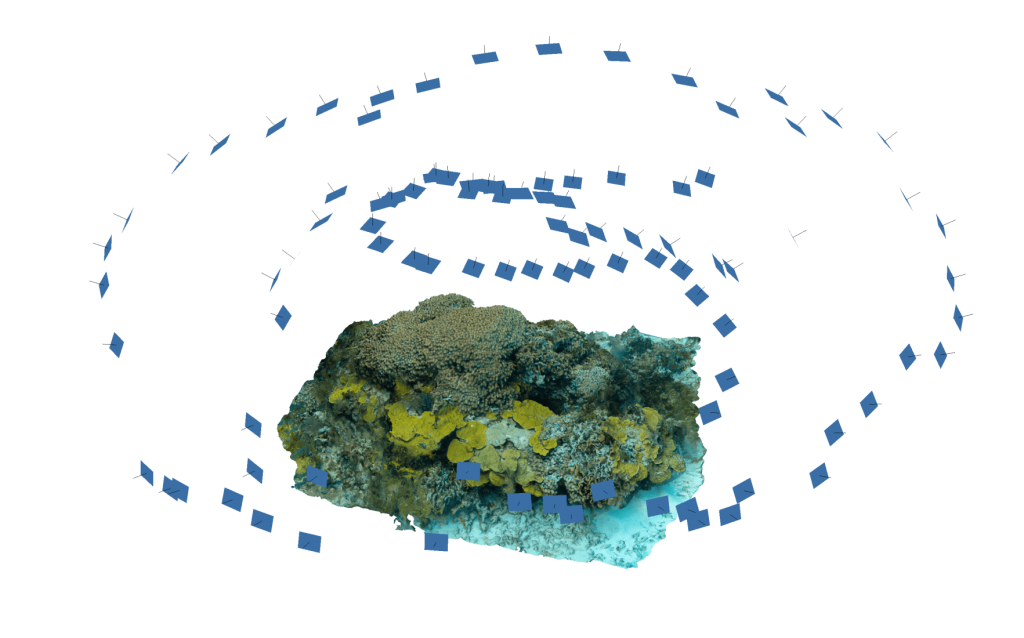
First, divers take multiple photos of the same reef section or coral head, following a grid-like pattern. Then, these photos are processed into high-resolution 3D models using Agisoft Metashape software.
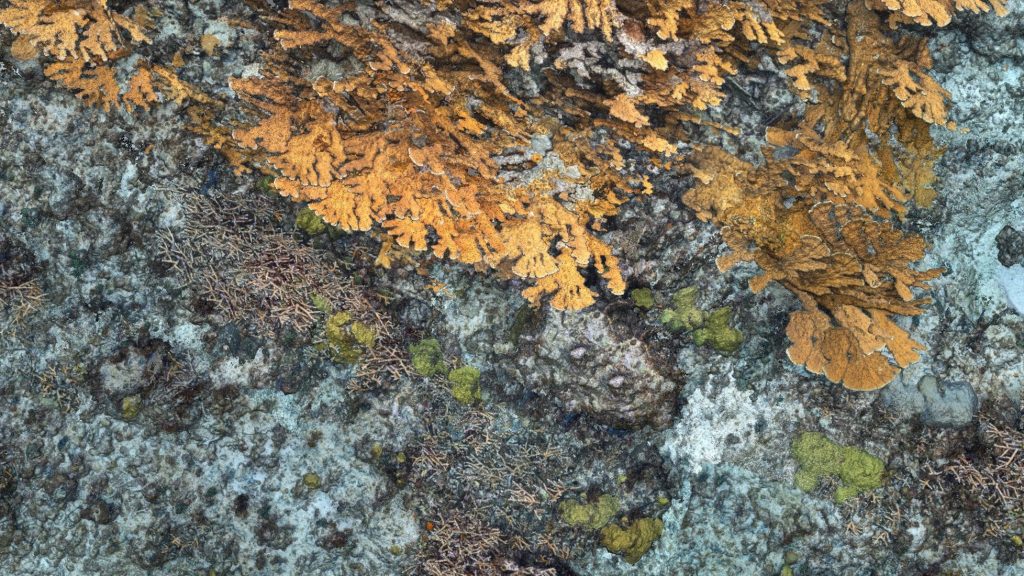
This 3D model above, created using photogrammetry, includes critically endangered Elkhorn (Acropora palmata) and Staghorn (Acropora cervicornis) corals. Can you spot these two species?
Practice Identifying Common Caribbean Corals Below
The model below is an example of a reef ball, built by tiny coral organisms laying down their calcium carbonate skeletons on top of one another over thousands of years, at Sandy Cay Reef off Abaco. The model was constructed from just 36 photos,taken while swimming in a circle around the ball, and demonstrates the remarkable diversity of hard corals found within just a couple square meters of reef. There are at least nine different species visible! Click through the annotations in the interactive model to check them all out.Note: This is best viewed in a web browser on a computer, not on a mobile device.
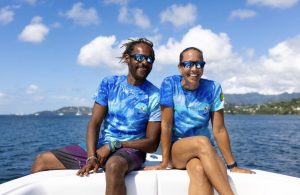
New Reef Rescue Sites Take Root in Barbados and Grenada
Barbados Blue and Eco Dive Grenada dive shop owners Andre Miller and Christine Finney (Credit: Eco Dive) Reef Rescue Network Expands to Barbados and Grenada The Perry Institute for Marine
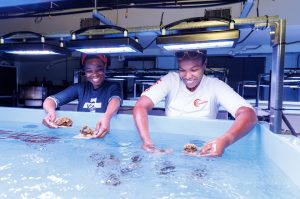
The Bahamas Just Opened a Coral Gene Bank—Here’s Why It Matters
The nation’s first coral gene bank will preserve, propagate and replant coral to reverse devastation from rising ocean temperatures and a rapidly spreading disease Video courtesy of Atlantis Paradise Island.

This Is What Conservation Leadership Looks Like
From Interns to Leaders: How PIMS is Powering the Next Generation of Ocean Advocates Taylor photographs coral microfragments in the ocean nursery, helping monitor their fusion into healthy, resilient colonies
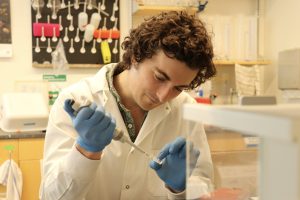
When Ocean Forests Turn Toxic
New study in Science connects chemical “turf wars” in Maine’s kelp forests to the struggles of Caribbean coral reefs — and points to what we can do next Lead author,
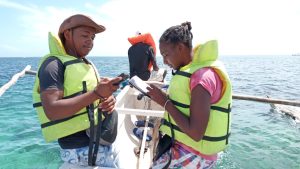
Who’s Really in Charge? Unpacking the Power Struggles Behind Madagascar’s Marine Protected Areas
Researchers head out to monitor Marine Protected Area boundaries—where science meets the sea, and local stewardship takes the lead. The Illusion of Protection From dazzling coral reefs to centuries-old traditions,
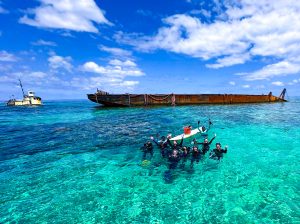
PIMS and Volunteers Step Up as Legal Battle Leaves Barge Grinding Reef in Fowl Cays National Park
Worn out but undefeated, the cleanup crew rallies around their paddleboard “workbench” in front of the stranded tug and barge—a snapshot of community grit after hours of underwater heavy‑lifting. Photo



